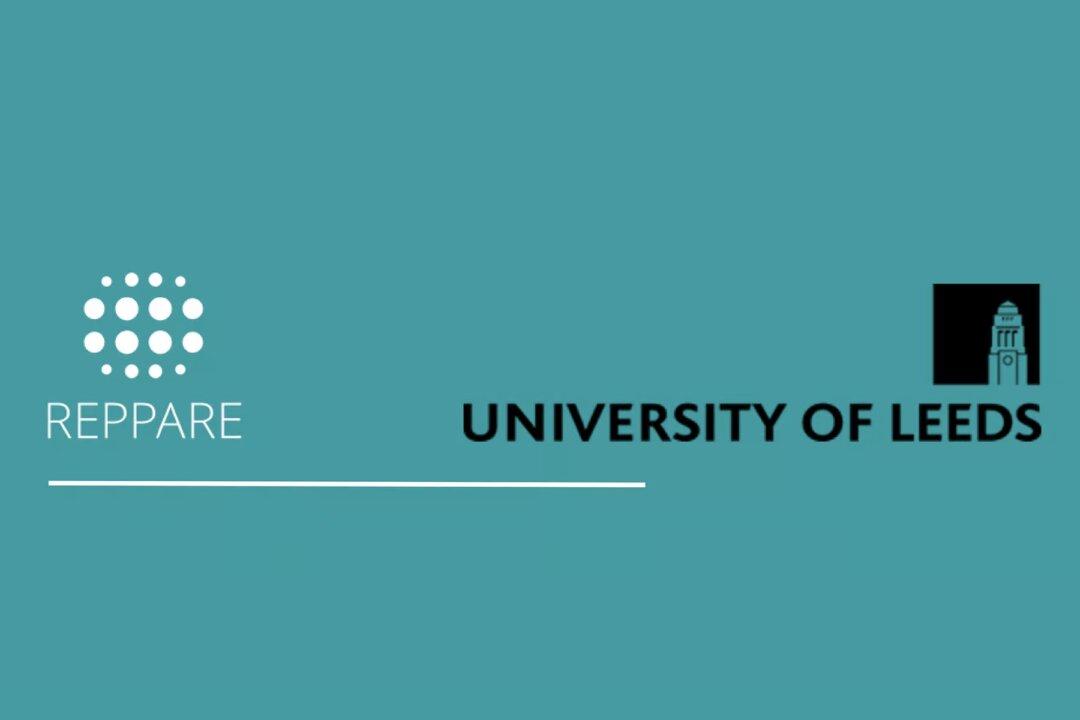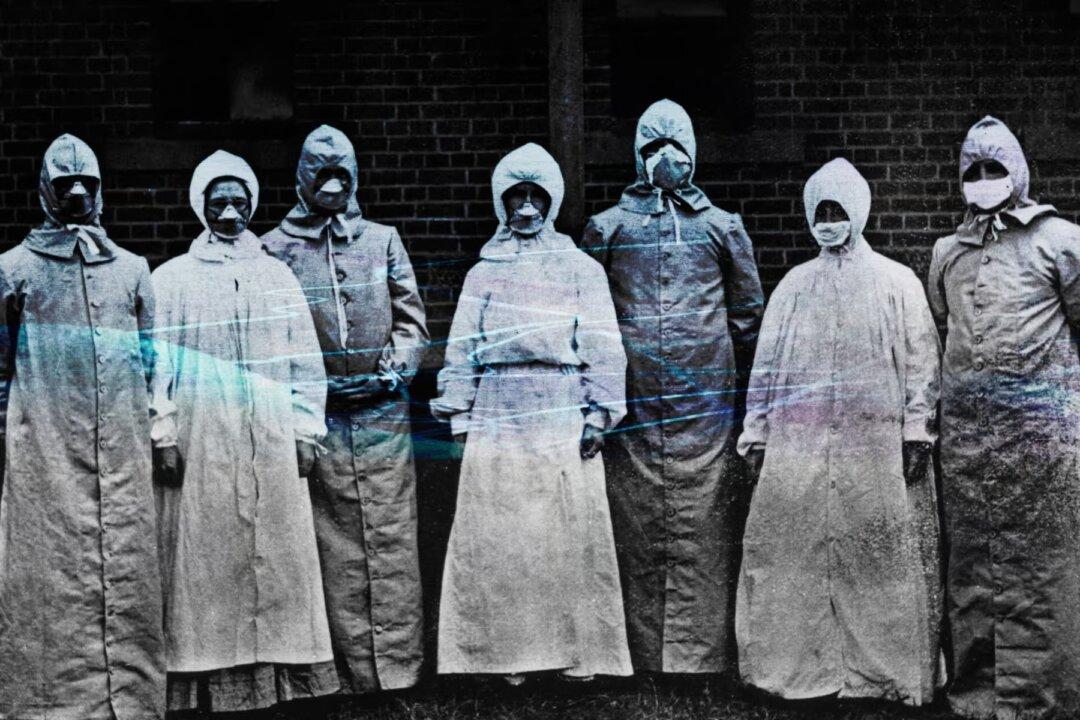News Analysis
On June 1, the World Health Assembly (WHA) adopted a series of new amendments to the International Health Regulations (IHRs). In doing so, the World Health Organization (WHO) proclaimed that these amendments will “build on lessons learned from several global health emergencies, including the COVID-19 pandemic” by strengthening “global preparedness, surveillance and responses to public health emergencies, including pandemics.”




